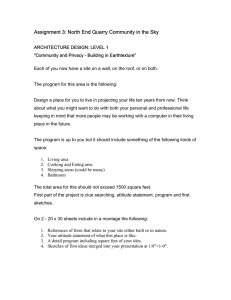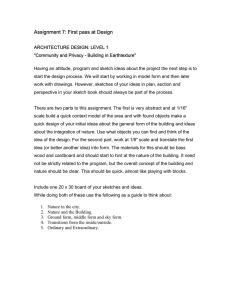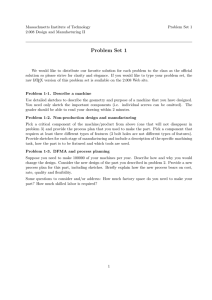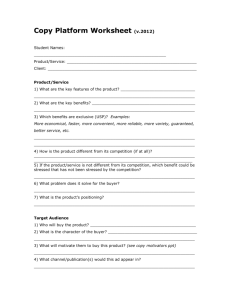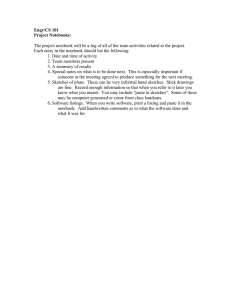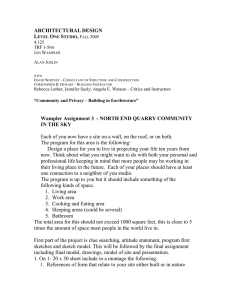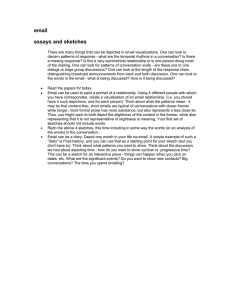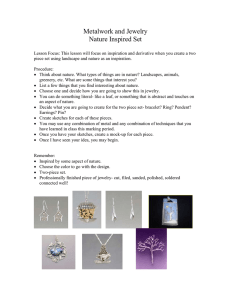I think I may have a fairly simple solution to... up next week and go through it together. It...
advertisement
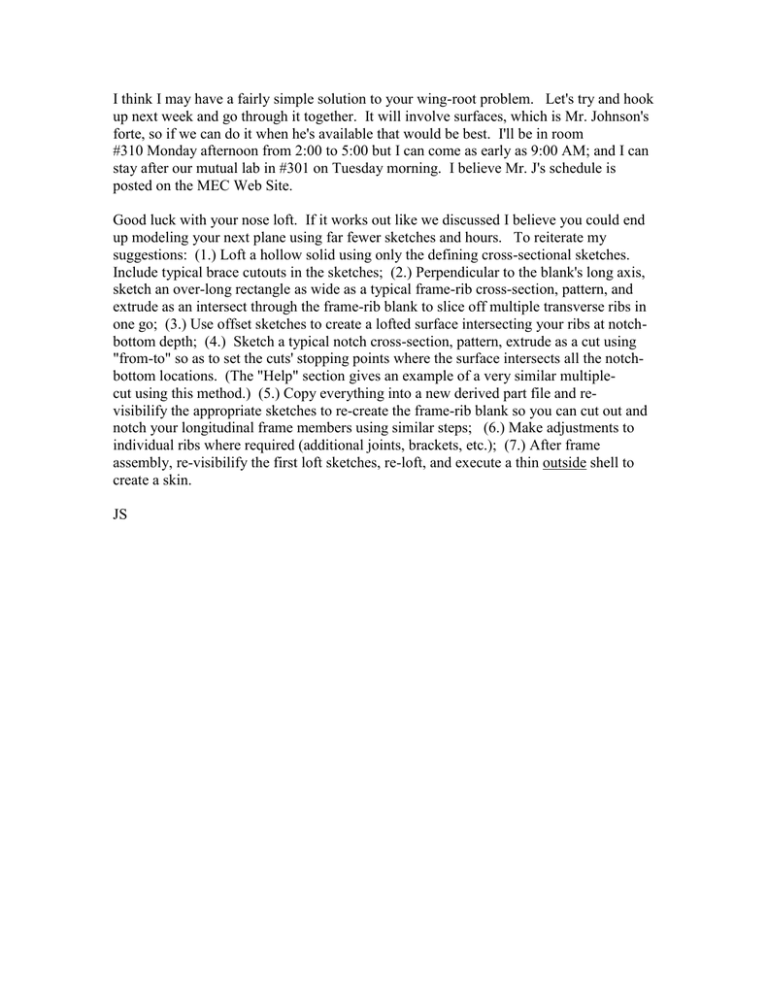
I think I may have a fairly simple solution to your wing-root problem. Let's try and hook up next week and go through it together. It will involve surfaces, which is Mr. Johnson's forte, so if we can do it when he's available that would be best. I'll be in room #310 Monday afternoon from 2:00 to 5:00 but I can come as early as 9:00 AM; and I can stay after our mutual lab in #301 on Tuesday morning. I believe Mr. J's schedule is posted on the MEC Web Site. Good luck with your nose loft. If it works out like we discussed I believe you could end up modeling your next plane using far fewer sketches and hours. To reiterate my suggestions: (1.) Loft a hollow solid using only the defining cross-sectional sketches. Include typical brace cutouts in the sketches; (2.) Perpendicular to the blank's long axis, sketch an over-long rectangle as wide as a typical frame-rib cross-section, pattern, and extrude as an intersect through the frame-rib blank to slice off multiple transverse ribs in one go; (3.) Use offset sketches to create a lofted surface intersecting your ribs at notchbottom depth; (4.) Sketch a typical notch cross-section, pattern, extrude as a cut using "from-to" so as to set the cuts' stopping points where the surface intersects all the notchbottom locations. (The "Help" section gives an example of a very similar multiplecut using this method.) (5.) Copy everything into a new derived part file and revisibilify the appropriate sketches to re-create the frame-rib blank so you can cut out and notch your longitudinal frame members using similar steps; (6.) Make adjustments to individual ribs where required (additional joints, brackets, etc.); (7.) After frame assembly, re-visibilify the first loft sketches, re-loft, and execute a thin outside shell to create a skin. JS
